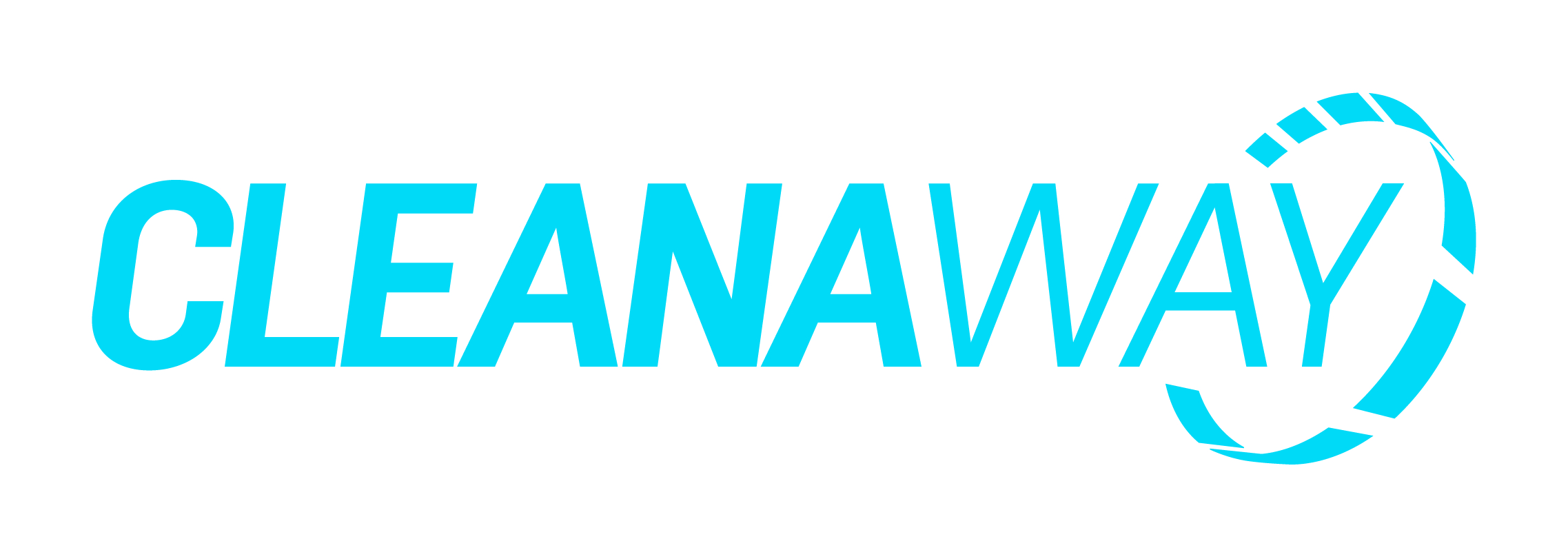Information
-
City Code
-
Inspection Date:
-
Above the wing:
-
Below the wing:
-
Handled Airline(s):
-
Prepared by
Locations with American Eagle Airline Employees
-
1.0) Are work area floors clean and dry? Is drainage maintained?
-
1.1) Are "wet floor" signs available for employee use in break rooms?
-
1.2) Are aisles and passageways clear?
-
1.3) Are railings installed and used on open-sided floors or platforms that are 4 ft. or higher above the adjacent level (30 inches in CA)
-
1.4) Are load limits posted on elevated storage areas? (storage areas on top of office ceilings or baggage conveyor belts)
-
1.5) Are exit routes clearly marked? (exit sign letters must be 6 inches high and 3/4 inches wide)
-
1.6) Are exit routes clearly marked? (exit sign letters must be 6 inches high and 3/4 inches wide)
-
1.7) Are exit routes free of obstruction?
-
1.8) Are arrangements made to prevent snow/ice accumulations outside of exits?
-
1.9) Is the facility in a generally clean and sanitary condition?
-
1.10) Are precautions taken to prevent rodents, insects, etc.?
-
1.11) Is a professional extermination program undertaken when necessary?
-
1.12) Are washing facilities sanitary (soap and towels available)?
-
1.13) Are refrigerators, ice makers, and food preparation areas clean and sanitary?
-
1.14) Are ice makers/ice boxes intended for aircraft catering free of personal food containers or drink bottles?
-
1.15) Are waste receptacles leak-proof, and have tight-fitting covers wherever insects or rodents may be a concern? (i.e. - break rooms)
-
1.16) Are water cooler filters changed according to manufacturing guidelines, and are dates documented legibly on the filter?
-
1.17) Are all overhead ceiling panels in place, and in good repair?
-
1.18) Are tables, chairs and other furniture in good repair?
-
1.19) Are first aid kits readily available and sufficiently stocked? (Safety Manual Section 8 Page 5)
Fire Extinguishers
-
2.0) Are portable extinguishers fully charged, operable, and in designated locations?
-
2.1) Are extinguisher locations clearly marked? (i.e.-locator signage posted; clear zones painted around wheeled extinguishers)
-
2.2) Are portable extinguishers securely mounted to walls?
-
2.3) Is access to extinguishers securely mounted to walls?
-
2.4) Are monthly inspections documented? (Inspection tags attached, or written records on file)
-
2.5) Are annual inspection records attached to extinguishers?
-
2.6) Is the intended use marked conspicuously on each extinguisher? (i.e. - A, B, C ratings)
-
2.7) Overhead sprinklers unobstructed (minimum of 18 inches between sprinkler head and nearest surface?)
PPE / General Employee Safety
-
3.0) Is eye protection worn as required? (servicing, lavatories, deicing)
-
3.1) Are safety vests worn as required?
-
3.2) Is proper personal protective equipment used and in a sanitary, reliable condition? (Including hearing protection, goggles, face shields, chemical gloves)
-
3.3) Are eye wash and shower facilities with 15-minute flow capacity available for employees exposed to corrosives?
-
3.4) Are the locations of eye wash and shower facilities well marked?
-
3.5) Are plumbed eye washes & showers inspected monthly and records retained for one year?
-
3.6) Eyewash nozzles covered on plumbed units?
-
3.7) Are dates on portable eye wash bottles current?
-
3.8) Are forklift drivers wearing seatbelts?
-
3.9) Employees riding only in seats provided with arms and legs inside vehicles?
-
3.10) Employees riding only from riding belt loader belts, or using them as personnel lifts?
-
3.11) Employee refrain from horseplay or unsafe behavior?
-
3.12) Employees remain clear of moving equipment?
-
3.13) Employees wearing hearing protection?
-
3.14) Employees wearing proper footwear?
-
3.15) Handrails available on all beltloaders?
-
3.16) California Only: Is State Heat Illness Prevention Program followed?
Electrical
-
4.0) Are flexible cords prohibited as a subtitle for fixed wiring where run through holes in walls, ceilings or floors; or where run through doorways, windows or similar openings where insulation may wear through?
-
4.1) Are heavy appliances (refrigerators, toaster ovens, microwaves) plugged directly into wall outlets? (i.e. - no power strips)
-
4.2) Are electric cords in good condition, or repairs properly spliced? (No splits on outer insulation, or insulation pulling away from plug ends; no tape repairs allowed)
-
4.3) Are grounding prongs intact on all 3-point cord plugs?
-
4.4) Are all light bulbs in place in light fixtures? (No open sockets)
-
4.5) Are circuit breaker panels unobstructed (i.e 36 inch clear zone)?
-
4.6) Are doors installed on circuit breaker panels?
-
4.7) Are circuit breakers properly identified and clearly labeled?
-
4.8) Are unused circuit openings in breaker panels properly closed/covered (i.e. - with rigid plates, not tape)>
-
4.9) Do electrical outlets and light switches have cover plates?
-
4.10) Are Ground Fault Circuit Interrupter (GFCI) outlets provided where water or shock hazards are present?
Storage and Handling of Flammable and Combustible Liquids
-
5.0) Are proper hazard labels on containers and flammables storage cabinets? (NFPA or bar code labels)
-
5.1) Are flammable liquids stored in approved containers/cabinets?
-
5.2) Are fully functional 3-point locks, or other positive locking devices, in place on flammable storage cabinets?
-
5.3) Are suitable fire extinguishers available in flammables storage areas?
-
5.4) Are "No Smoking" signs posted around flammable/combustible storage and use areas?
-
5.5) Are combustible wast materials kept to a minimum, stored in closed metal containers and emptied regularly?
Administration
-
6.0) OSHA Safety and Health Protection on the Job poster displayed?
-
6.1) OSHA 300 log current? (OSHA Trac)
-
6.2) OSHA 300a summary log posted between Feb. 1 - April 30th?
-
6.3) Hazard Communications lesson completed by all employees? (2011: O9651 / 2013: O9653)
-
6.4) Environmental Awareness training completed by all employees? (O9896)
-
6.5) Hearing protection and Fire Safety completed by all employees? (I0010)
-
6.6) Powered Industrial Truck training on file for all employees (every 2 years, 2012: HQ2012)
-
6.7) Fall Protection Inspector HE4000 (if no, deicing harness and lanyard should have been inspected)?
-
6.8) Harness / Lanyard inspection form on file for all deicing equipment?
-
6.9) Current month safety meeting minutes posted?
-
6.10) 3 month of safety meeting minute on file?
-
6.11) Vendor checklist maintained for 1-year following completion of work?
-
6.12) Daily equipment checks?
Aircraft Handling
-
7.0) Are parking brakes engaged on unattended vehicles/equipment.
-
7.1) Are motors turned off when equipment is left unattended (operator more than 25-ft away, or out of sight)?
-
7.2) Are vehicle motors turned off during fueling?
-
7.3) Are electric vehicles charged away from sources of flame and ignition?
-
7.4) Are employees observing speed limits and posted roadway markings?
-
7.5) Vehicles & carts free of FOD?
-
7.6) Ramp free of FOD?
-
7.7) Smoking allowed only in authorized areas?
-
7.8) Safe lifting techniques utilized?
-
7.9) Employees remain clear of operating aircraft engines and propeller arcs?
-
7.10) Employees refrain from walking under the wings?
-
7.11) Employees using proper procedures for opening, closing, and accessing cargo compartments?
-
7.12) Are MAPS of Safety Vest required areas posted on ramp/AOA access points?
-
7.13) Employees wearing safety vests?
-
7.14) 8-foot safety stops performed?
-
7.15) 5-foot clearance zone around aircraft observed?
-
7.16) Guide person used for moving the jetbridge? (Skywest)
-
7.17) Arm rests in lowered position during operation of Lektros?
-
7.18) Speed limits and roadway markings observed?
-
7.19) Curtains closed on bag carts?
-
7.20) Employees refrain from placing bags on top of carts or hoods?
-
7.21) Jetbridge adapter curtains fastened to the jetbridge at the top and bottom of each curtain?
-
7.22) Aircraft right-of way observed?
Arrivals
-
8.0) Safety walk / FOD walk performed prior to arrival?
-
8.1) Equipment parked outside of aircraft clearance lines (I.e. - red zone)?
-
8.2) All parked equipment chocked?
-
8.3) Parking brakes set on all parked equipment?
-
8.4) Chocks positioned as required/
-
8.5) Aircraft ramp markings fully visible? (Lead-in lines and safety zones)
-
8.6) Wing-walker(s) in position as required?
-
8.7) Proper wands used for all signals?
-
8.8) Safety cones positioned as required?
-
8.9) Aircraft properly choked? (main gear when required)
-
8.10) Chocks in good condition?
-
8.11)Visual safety check performed prior to moving jetbridge? (jetbridge marshaled when required)
-
8.12) Arrival walk around performed to check for obvious signs of ground damage?
-
8.13) Customers properly supervised and escorted
-
8.14) Ground equipment disconnected form tow vehicles while in use?
-
8.15) Orange sock procedure used on portable GPUs?
-
8.16) Belt loaders properly positioned (not touching aircraft)?
Departure
-
9.0) Pre-departure walk-around performed
-
9.2) Proper wands used for all signals?
-
9.3) Interphone and required signals used during pushback operations?
-
9.4) Panel tap procedure followed (comm and nose steering disconnect panel doors)
-
9.5) Night wands used for dusk / early dawn departures?
-
9.6) Verify marshaller knows the proper signal for engine fire.
-
9.7) Are headsets available and operational for pushback operations?
Condition of Equipment
-
10.0) Are vehicles maintained in a safe condition? (operable lights, brakes, horns, etc.; operating placards in place)
-
10.1) Are OTS vehicles and other ground equipment tagged "Out of Service"?
-
10.2) Do employees refrain from using out of service vehicles and ground equipment?
-
10.3) Air stairs
-
10.4) Boarding adapter ramps
-
10.5) Bag carts
-
10.6) Valet carts
-
10.7) Towbards
-
10.8) GPU in proper operating condition
-
10.9) Belt Loaders
-
10.10) Airstairs
-
10.11) Lav Carts
-
10.12) Deice trucks/carts
-
10.13) E-stops in place and working
General Certificate Requirements
-
11.0) Proper bag scan procedures followed? (scan-load-scan-load)
-
11.1) Are quarterly Safety self-audits being conducted? (most recent audit on file)
-
11.2) Dangerous Goods training completed by all employees? (2011-2012: O2700)
-
11.3) AC Search Training Record on file for employees who conducted the aircraft search?
-
11.4) AE ramp safety observations being performed on a regular basis?
-
11.5) GM ER Workshop completed (Course: M0157)?
-
11.6) Notification Section of the SEPM matches the 911 star?
-
11.7) Notification Section up to date?
-
11.8) Airport Map and Vicinity Map correctly placed in the SEPM (AE/AA only)
-
11.9) Annual Site Team Kit audit complete?
-
11.10) Annual Command Center Team Kit audit complete?
-
11.11) Can employees locate the online SEPM and Station Notification section?
-
11.12) Can employees locate and access the hardcopy SEPM during all hours of operation? (not locked in an office)
-
11.13) Can employees locate the online Safety manual and SOM?
Security
-
12.0) Are SIDA badges worn above the waist on the outer most gament?
-
12.1) Flight crew ID verified during crew swaps?
-
12.2) Security doors monitored at all times?
-
12.3) Are agent signing out of set when they walk away?
-
12.4) Do Agents know who the GSC on duty is?











